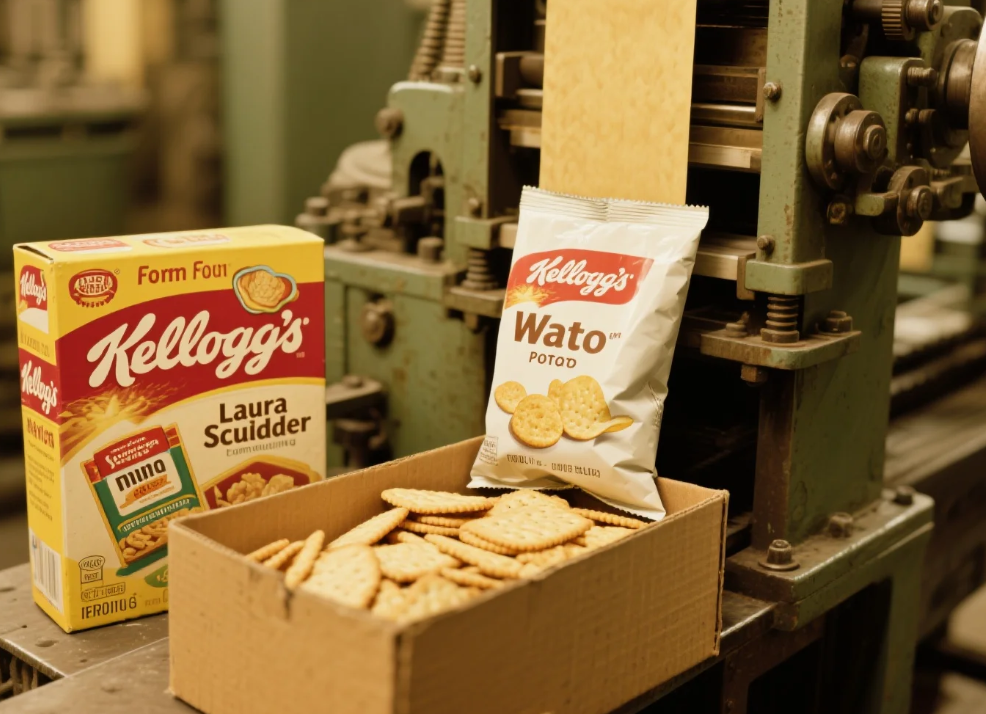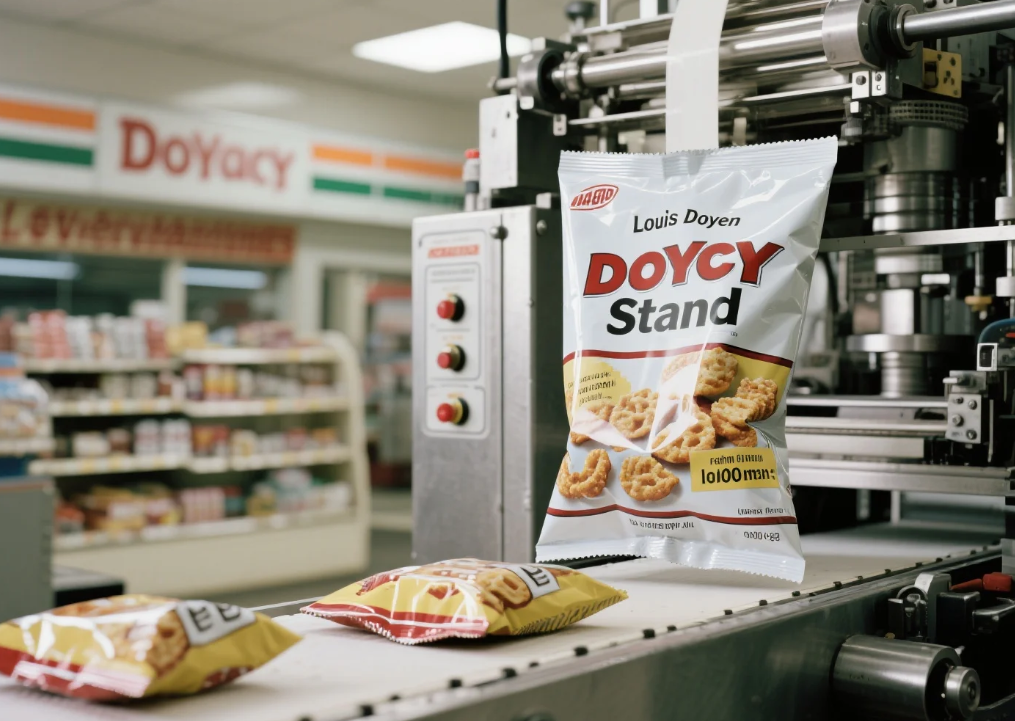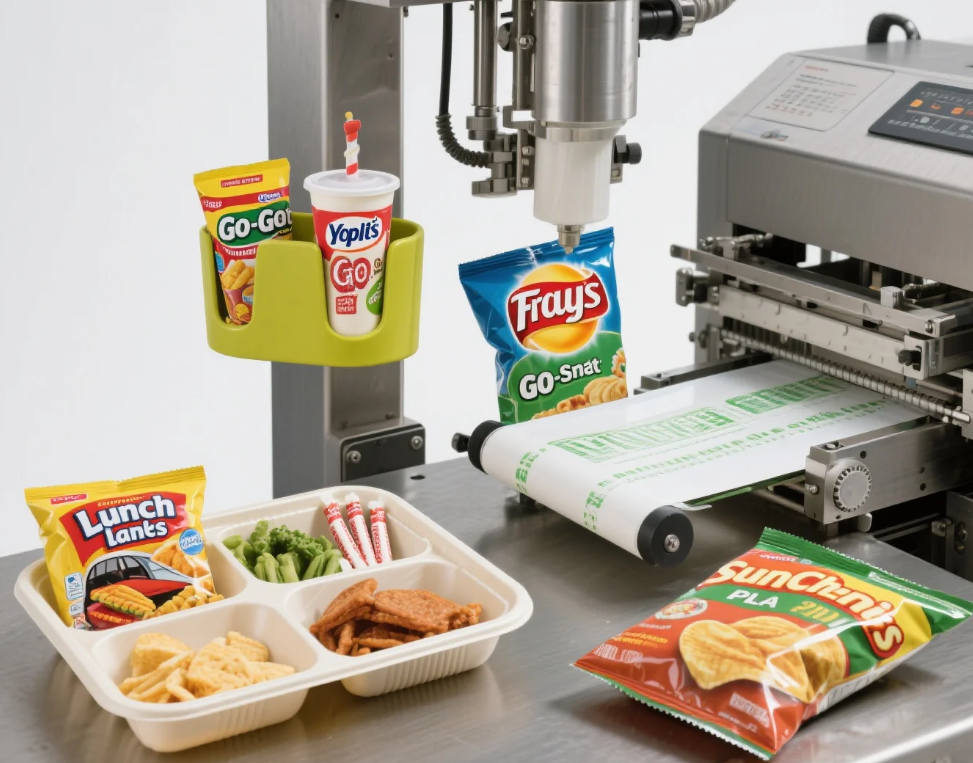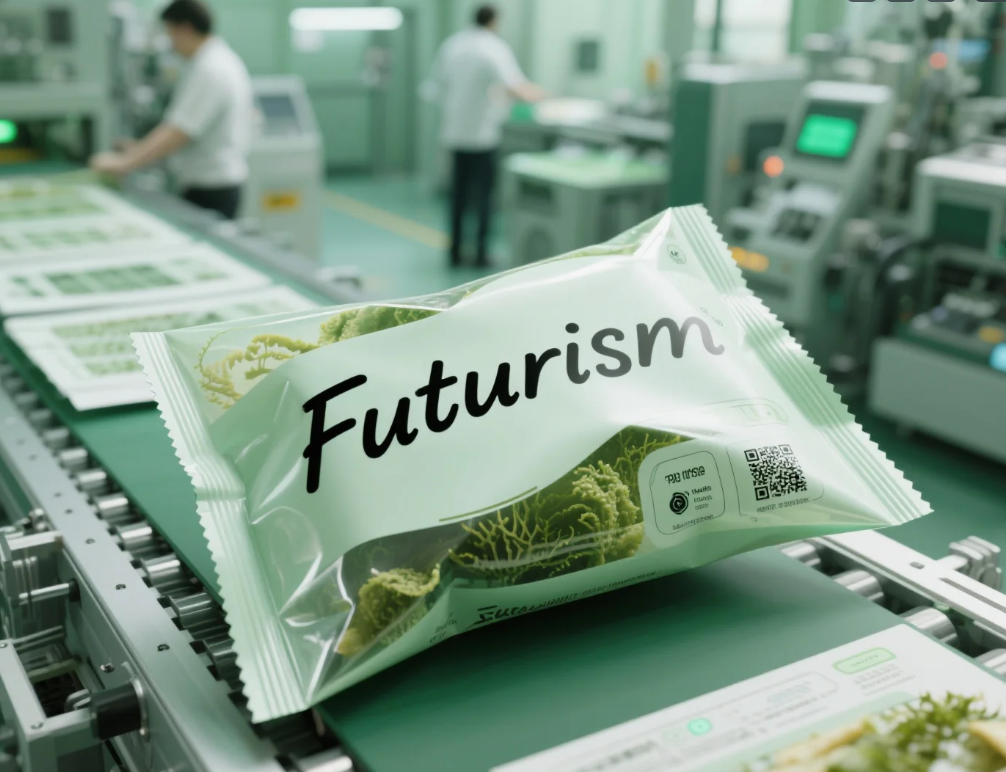Snack packaging has undergone a remarkable transformation, evolving from primitive storage methods to advanced systems driven by vertical form fill seal machines. This journey reflects technological innovation and shifting consumer preferences, with food packaging machines playing a pivotal role in enabling efficient, hygienic, and appealing snack delivery. In 1779, the Cree Indians used rawhide pouches to store pemmican, a nutrient-dense snack of dried meat, fat, and fruits, marking one of the earliest forms of snack packaging. By the late 1800s, the snack industry began to formalize, with Nabisco introducing folding cartons for crackers in 1896, replacing unsanitary barrels and setting the stage for modern packaging.
These early developments highlighted the need for reliable packaging to ensure product freshness and safety, a challenge met today by advanced vertical packing machines that automate the production of snack pouches and bags.
The early 1900s saw significant strides in snack packaging. In 1900, wax paper-lined cardboard boxes preserved cracker freshness, while Kellogg’s 1906 cereal cartons introduced the bag-in-box concept, complete with promotional prizes. By 1926, Laura Scudder’s heat-sealed wax paper bags for potato chips prevented crushing and extended shelf life, enabling mass-market distribution. These advancements required efficient machinery, a need addressed in 1936 with the invention of the vertical form fill seal machine by Walter Zwoyer. This technology revolutionized snack packaging by automating bag formation, filling, and sealing, laying the foundation for high-speed production systems like modern vertical form fill and seal machines.
The shift to standardized packaging formats underscored the importance of food packaging equipment, which ensured consistency and scalability for emerging snack brands.

The 1940s marked the rise of convenience stores, driving demand for portable snack packaging. Features like reclosable zippers and single-serve packs catered to busy consumers. In 1958, laminated plastic bags improved shelf life by blocking air and light, a format supported by today’s vertical pouch filling machines. The 1963 Doypack stand-up pouch, invented by Louis Doyen, offered a premium aesthetic, becoming a staple for specialty snacks. By 1965, form fill seal technology streamlined production, a precursor to modern vertical form fill machines that produce up to 100 bags per minute.
Hunt’s Snack Packs debuted in 1968 with metal tins, later transitioning to plastic cups, reflecting the growing popularity of single-serve formats. These innovations highlighted the role of food packing machines in meeting consumer demand for convenience and portability.

The late 20th century focused on on-the-go snacking. Lunchables (1988) introduced bento-style trays, while Yoplait’s Go-Gurt (1999) offered yogurt in stick packs. Frito-Lay’s Go Snacks (2002) fit car cup holders, catering to mobile lifestyles. These formats relied on advanced vertical filling machines to produce precise, consumer-friendly packaging. The early 2010s brought sustainability into focus, with SunChips’ 2010 biodegradable bag made from polylactic acid (PLA). Though discontinued due to noise complaints, it sparked interest in eco-friendly materials, a trend supported by modern food packaging machines capable of handling compostable films.
The proliferation of single-serve and portable packaging underscored the importance of automation, with vertical form fill seal machinery enabling snack producers to meet diverse market needs.

Since 2018, snack packaging has embraced sustainability and technology. Futamura’s 2018 plastic-free compostable chip bag set a benchmark, followed by innovations like seaweed-based films and recycled plastics. By 2021, smart packaging gained traction, with QR codes providing nutritional data and sensors monitoring freshness. In 2023, some brands introduced pouches with antimicrobial coatings, enhancing safety amid heightened hygiene concerns. These advancements require precise machinery, such as vertical form fill and seal machines, to ensure compatibility with new materials and technologies.
Automation has also transformed the industry. By 2024, vertical packing machines with IoT integration reduced waste by 18% through real-time quality checks. These trends highlight the critical role of food packaging equipment in enabling innovation and efficiency.

HIJPACK Machine, a leading vertical form fill seal machine manufacturer, is shaping the future of snack packaging with its advanced food packaging machines. Based at https://www.hijcoffeepack.com/, HIJPACK offers vertical packing machines that handle traditional and sustainable materials, from plastic pouches to compostable films, delivering speeds up to 100 bags per minute. Their vertical form fill and seal machines support smart packaging formats, ensuring precision for QR-coded pouches and resealable designs. With competitive pricing and robust packaging machine troubleshooting support, HIJPACK empowers snack producers to meet consumer demands for convenience, sustainability, and quality, cementing its role as a trusted food packaging equipment provider.